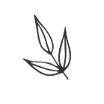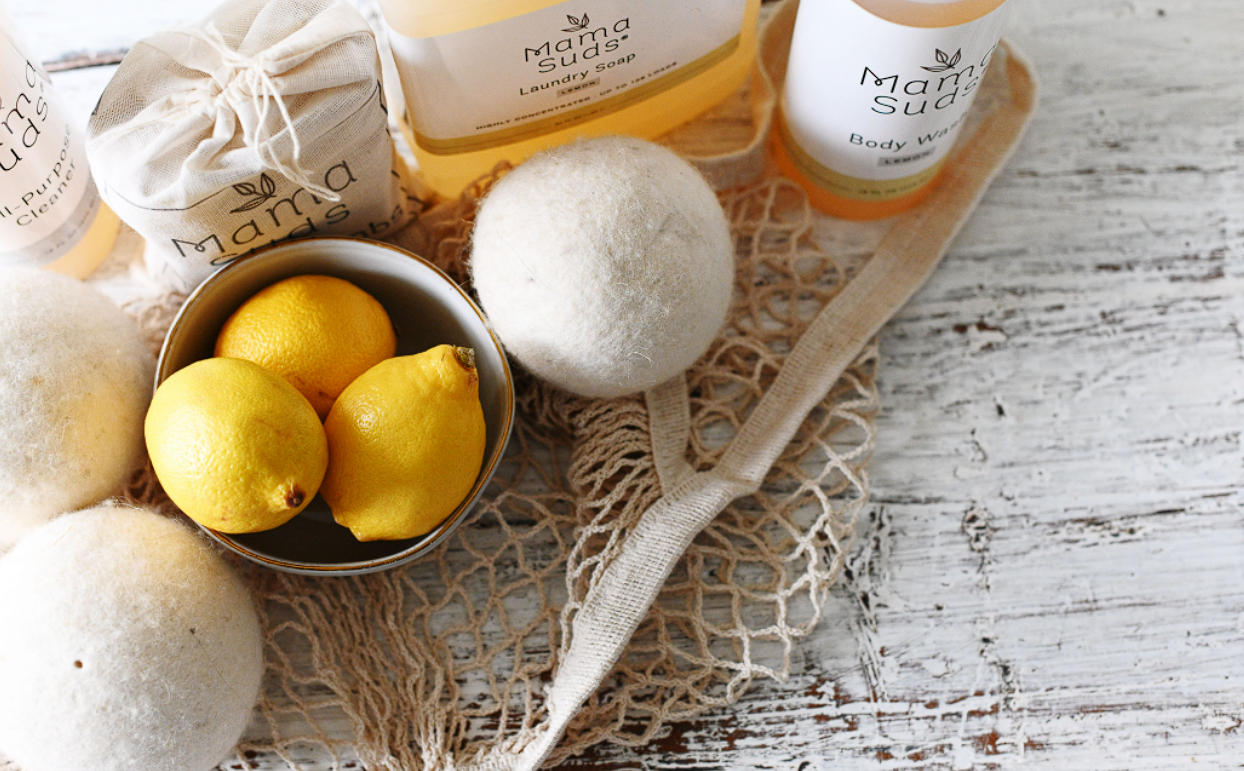
The CleanSuds Blog
Where education and truthful facts are easy to come by.

Simple Daily Cleaning That Can Help Keep Your Family Healthy
Pathogens like harmful bacteria thrive in dirty environments. The accumulation of dust in the air and on surfaces can aggravate certain conditions such as asthma, especially in children and the elderly. Perhaps most importantly, pests like rats and roaches are attracted to unclean places where plenty of food and hiding space is often available. As part of your responsibility to keep your family healthy, maintaining cleanliness in the home is vital.
Several strategies can keep your home in top shape and prevent sickness. Most of the daily upkeep involved in cleaning a home is straightforward, easy, and fast. Ten minutes every day devoted to cleaning the house should be enough to keep your home clean until the next big cleaning day.
Here are a few tips for keeping your home free from harmful grime and dust from day to day.
Keep Your Floors Clean
Sweeping the floor and removing food sources can prevent rodents which can help keep your family healthy. The details matter – focus on extracting debris from even the tiniest cracks and crevices where it often gets stuck and festers into balls of pathogens that could seriously harm your family’s health. Mopping is not necessary every day, but you should give your floors a quick scan with the broom as part of your daily routine.
Wiping Surfaces and Spot Cleaning
The most effective cleaning for health is often the simplest. Taking the extra few seconds to wipe down counters after cooking a meal or tidying up a mess in the bathroom goes a long way in preventing the spread of germs. Don’t let things accumulate on surfaces that you eat from or use often because you would be exposing yourself over and over to bacteria and viruses that your body has already expended energy battling.
Cleaning Filters
The most important thing you can do to keep your family breathing easily is by maintaining your heating and cooling system. If you have central air, this means routinely cleaning out all the air filters and the area around your unit. These machines perform the important function of purifying the air you breathe inside your home. When they are clean and in good working order, dust and other particles floating through your home are trapped in the HVAC’s filtering system, making removal easy.
Work these three daily cleaning practices into your routine for a healthy family.
Here is another article you might enjoy: Advances in Technology Enable Effective and Eco-Friendly Cleaning
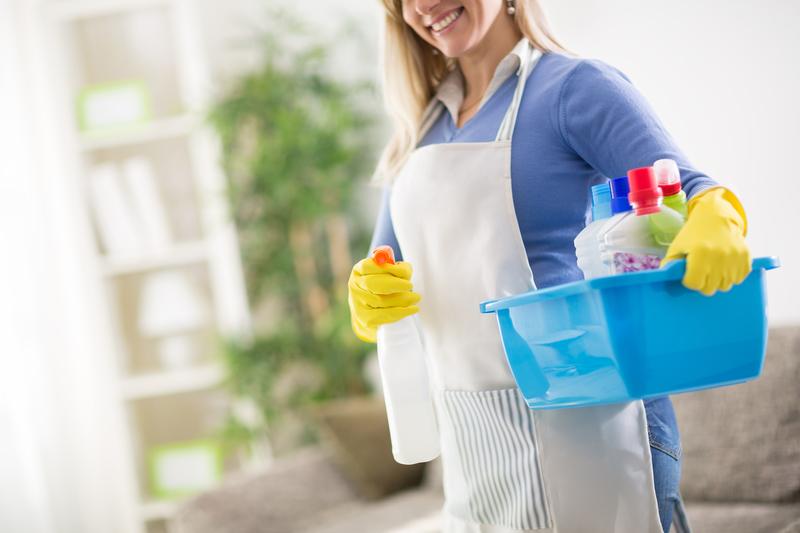
What You Should Clean Before Winter Hits
You probably do spring cleaning every year, but it's important to remember that you need to clean before winter hits as well. Colder temperatures and an increase in precipitation mean the inside and outside of your home need to be protected from the elements. Here are some great places to start your winter cleaning.
Indoors
Cleaning indoors before winter hits means protecting your home from the potential bad weather about to arrive. Rain, snow, and overall wet weather arrive in most areas during winter. All that moisture makes it necessary to focus on keeping mold and mildew at bay in the home. Mold and mildew not only affect your health, but they also affect the value and structure of your house. Check underneath your cabinets for leaks. Wipe down the bottom of your windows and make sure no moisture is seeping in from the outside. Make sure also to keep air circulating in your home. The cooler weather does mean less humidity, but it also means less fresh airflow through your home. Turn on vent fans in your bathroom to clear out moisture and air out areas that are susceptible to mold, such as bathrooms and closets.
Your Home Exterior
Cleaning the outside of your home before winter hits is essential. It's not easy to go outside in the snow to wipe down the exterior windows and clean your siding. Do this before cold weather arrives. While you are cleaning, look for ways to protect your home from the elements. You may need to caulk around doorways or windows. It is also a good idea to repaint before cold weather seeps into your home. At the very least, clean your siding, your outside windows, and your yard before it's too cold.
Your Car
Clean your car before snow and low temperatures make it a very unpleasant experience. Wash the outside thoroughly. Don't forget to clear out clutter and vacuum the inside as well. Dust and wipe down the interior, and clean the windows for maximum visibility. You may also want to set up a winter box in the trunk that holds anything you would need if your car broke down in winter. A clean car makes it easier to get out and about when it's cold and dreary.
Winter cleaning is real, and it's important to get started before temperatures drop. If you wait too long, you could end up being incredibly uncomfortable and inconvenienced. You will save yourself a ton of discomfort if you clean these essential areas early.
If you want to make your cleaning an all-natural experience, try our household cleaning products!
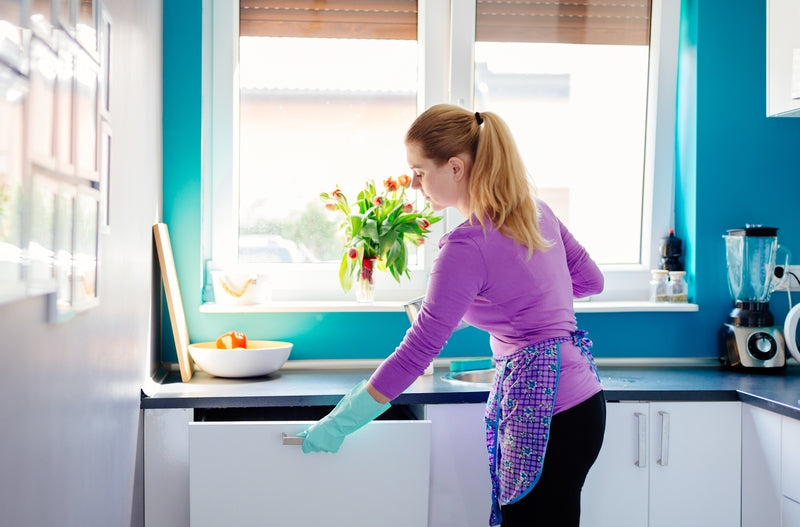
4 Surfaces You Probably Haven’t Cleaned in a While

Keeping it clean doesn't stop at countertops, windows and the usual germ-accumulating suspects like toilets and sinks. For the deepest and most thorough cleanse, there are some surfaces that are absolute must-cleans that often get overlooked. Here are four important surfaces that you may be forgetting to clean.
Dishwasher
The all-important dishwasher sanitizes your dishes making them safe to eat off of once again, but it is a frequently neglected appliance that doesn't often get a cleaning of its own. It's good to keep in mind that a clean dishwasher gives you cleaner dishes so making sure to give your dishwasher the care it needs inside and out ensures that your dishwasher will not only cleanse your dishes more efficiently, but it will also keep your dishwasher healthier for longer by preventing food buildup that could cause clogging issues.
Doorframe
Be sure to add your doorframes to your cleaning to-do list. Many people do not think to clean their doorframes, but dust can easily accumulate over time, causing irritation to those suffering from allergies. Neglecting to clean doorframes simply creates more settled dirt that can potentially affect your health, so regularly cleaning them reduces the amount of dust that settles and can be dispersed into the air if the door is opened and closed frequently.
Doorknob
Doorknobs are used often but are rarely cleaned. A doorknob can rapidly accumulate germs, so it's important to clean them frequently to prevent germs from spreading unnecessarily. Staying on top of the care of the doorknobs in your home decreases your chances of contracting a virus or other illness that can be spread through touching the same surface as a person with a contagious virus or infection.
Driveway
Cleaning the exterior of your home is equally as important as the cleaning you do on its interior. Your driveway needs love too, and cleaning it regularly allows it to remain intact and reduces the number of cracks that unwashed driveways experience. Neglected driveways get more cracks than driveways that are cleaned regularly, so properly maintaining your driveway by recognizing its need to also be cleansed saves you time and money for repairs in the long run.
Cleaning the seemingly insignificant surfaces on the interior and exterior of your home keeps the smooth running of your house, your loved ones and yourself going strong. Incorporating the regular cleaning of surfaces that you may miss provides you with a cleaner, happier and healthier home.
Ready to clean any overlooked surfaces in your home? Shop our eco-friendly cleaning products today!
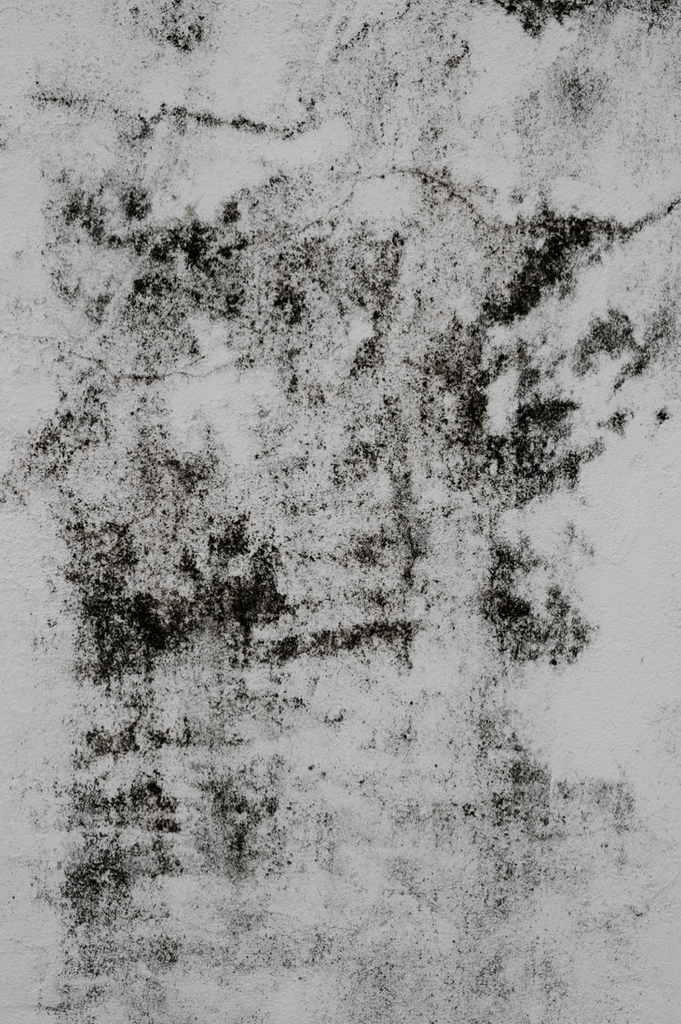
Eco-friendly Ways to Get Rid of Mold at Home
Use baking soda
Baking soda does a lot more than just keeping your fridge smelling fresh. You can also use it to get rid of mold without harming your health or the environment. Before you get started, it's recommended that you hire a professional mold inspector to help you know all the mold-infested areas. Once you know where the mold is, mix about 3 tablespoons of baking soda with two cups of water and one cup of vinegar. Spray the mixture onto the moldy areas, allow it to sit for about 30 minutes, and scrub it off with a sponge.
Tap into the immense power of essential oils
Essential oils have been used for ages by people to boost energy, relieve headaches, aid digestion, and calm nerves. You can add "remove mold" to the list. Tea tree essential oil, in particular, has powerful anti-microbial properties that make it an effective mold removal solution. Just add a teaspoon of tea tree oil to two cups of water and use it to clean the moldy areas. Grapefruit seed extract essential oil is another antifungal and antibacterial agent that can work wonders on any mold-infested surface. Just add 10 drops of the oil to a cup of water, pour it into a bottle, and spray it onto the moldy areas. Keep the essential oils on the mold-infested areas for as long as you need to until your mold problem is gone.
Got vinegar in your kitchen?
Vinegar is one of the best eco-friendly solutions to a mold problem. It is cheap, non-toxic, and there's a good chance that you already have it lying around in your kitchen. First of all, vinegar can be used to prevent the growth of mold by spraying it onto the surfaces where you suspect it can grow. Vinegar can also be used to kill a large amount of mold in your home. Just spray it on the moldy areas and leave it for a couple of hours to settle. Use a brush to scrub the mold off and make sure the area dries properly. Many people tend to dilute vinegar with water to reduce the pungent smell but this can weaken it and make it ineffective against the mold. If the smell of vinegar is too strong for you, you can add a few drops of your favorite essential oil.
Mold is a danger that should be eradicated as quickly as possible, but you shouldn't introduce more dangerous substances into the environment when doing so. By following the eco-friendly methods above, you can get rid of mold permanently without affecting your family's health or the environment.

Cleaning Mistakes That You are Probably Making Every Day
Many of us fancy ourselves expert cleaners. Most of us learned from our mothers and they learned from their mothers before them. Cleaning tips and tricks have been passed down for generations. What we don’t know is that there are cleaning mistakes that we make every day. We just don’t realize we are doing them!
Here are just a few cleaning mistakes we are probably making daily. It doesn’t mean we aren’t good housekeepers. It just means that we can learn something new every day!
1. Spraying window cleaner directly on the window
A lot of people are guilty of this one. When you are cleaning windows or sliders, you probably spray window cleaner right on the window. Most people spray the cleaner evenly from top to bottom. They then thoroughly wipe the window with their paper towel or cloth.
The mistake you are making is spraying the cleaner directly on the window. You should actually spray the cleaner on your cloth. Then, wipe the entire surface. When you are done, dry it with a clean cloth. You will find you can clean the entire surface using a lot less cleaning product.
2. Putting wet toilet brush away
Cleaning a toilet is probably your least favorite chore. But, it has to be done. Like the rest of us, you probably use a toilet brush and a cleanser often with bleach in it.
Using bleach is not the problem here (although there are many safer, chemical-free alternatives that may be a better option, especially if you have children or pets in the house, such as a blend of distilled white vinegar and baking soda). The problem is that we put the brush into a dirty toilet. We then scrub the bowl with that brush. The worst thing you can do is put the brush away as soon as you’re done.
Think about where that brush was. Think about what kind of scum it was scrubbing. What you want to do is use the brush to scrub the bowl using your chosen toilet cleaner. Then, flush the toilet. Once the bowl fills with clean water, rinse the brush off in the clean water.
Before you put the brush back in its holder, let it sit for about five minutes. You want it to be somewhat dry before you put it away. If you put a toilet brush away wet, it becomes a petri dish for bacteria.
3. Don’t use bleach
For many people, bleach is their ‘go to’ cleaner; it’s powerful, it’s quick, and it can handle some pretty tough stains. But bleach isn’t as good as we think. In fact, not only can it be quite dangerous (particularly upon direct contact with the skin, or if inhaled), but it’s also not great for some specific types of stain, such as rust stains which can actually become tougher to remove if they’ve been treated with bleach.
Using an all-purpose cleaner in the kitchen is fine, but if you’re interested in trying some safe cleaning methods in other parts of your home that really work, there are quite a few natural ingredients that are surprisingly effective.
For caked on dirt and grime, salt is an excellent abrasive and works to gently scrub away any dried food or mud from surfaces. And the acidity in lemon juice is brilliant at lifting stains and sanitizing areas… it can even mimic bleach by gently fading stains on cloths, simply squeeze a little lemon juice onto the fabric and leave to dry in the sun.
If you’re missing the classic cleaner smell, try adding a few drops of essential oils to your natural cleaning products to make your home seem fresher.
4. Scrubbing carpet spills
When we see someone spill juice or wine on our carpet, we cringe. We are tempted to take a rag and scrub the stain immediately. This is abig cleaning mistake – and one that can cause permanent damage to your carpet.
Scrubbing carpet spills can tear or twist the carpet fiber. It can also cause the stain to spread. Chances are, you won’t be able to fix either of these issues.
There is a better way to clean carpet spills. Rather than scrub the spill with a rag, try the following:
- Blot the spill with a paper towel. Don’t use a cloth rag – it can worsen the stain.
- Test your carpet stain remover in a discreet spot - don’t use it on your open carpet until you know it’s safe (better yet, try spraying it with MamaSuds All-Purpose Cleaner or Castile Soap!)
- Once you test the carpet cleaner, apply it to the affected area
- Follow the instructions on your cleaner to determine if you need to blot after application
If you follow these steps, you will manage to get the stain out without ruining your carpet.
5. Vacuuming while there’s still dusting to do
When we’re cleaning, we are tempted to work one room at a time. We tend to clean and dust one room and then vacuum that room. Once we’re done one room, we move on to the next. However, you should wait to vacuum until you are done dusting the entire level of your house.
When you dust and clean chandeliers and ceiling fans, you cause dust to blow around. This dust will settle on your furniture and floors. If you dust after you vacuum, you will be soiling your floors all over again.
The best way to clean is to first clean all ceiling fixtures. Then dust and polish furniture. After this is all done, then it is safe to vacuum. By this time, any dust and debris that is going to fall to the floor has already settled. If you vacuum last, you ensure that your house will be in tip top shape.
6. Putting the silverware in the dishwasher in the same direction
When loading the dishwasher, we all have our own style. Some people face all the plates one way. Other people insist on putting their silverware face down. One mistake many people make is having their silverware all face in the same direction.
If you put your spoons, knives and forks in the same direction, they end up getting in their own way. One fork blocks the next one from getting clean, and so on.
The best way to load your silverware is to put every other piece in an opposite direction. If you do this, each piece can be hit by the jet streams and get totally clean.
Wrap Up
We all like to keep a nice home. We pride ourselves on being good homemakers. However, nobody is perfect. We can all learn a thing or two when it comes to cleaning. Follow the above guidelines the next time you attack your household chores:
- Don't spray cleaners directly on the surface – spray it on a rag
- Do not put a wet toilet brush away
- Don’t use bleach unless absolutely necessary
- Do not scrub carpet spills – blot and treat
- Vacuum last
- Stagger your silverware
If you take advantage of these helpful hints, you’ll find it is easier to achieve a clean and healthy home. Your upcoming big spring cleaning will last much longer!
Anita Edwards is a professional writer and editor. She works as blog editor at Spekless, where she shares her own and her colleagues' tips for cleaning. In her free time, she enjoys cooking and going on day trips with her children.
5 Reasons why You Should Start Green Cleaning
The more we learn about the planet and the environment, the clearer it becomes that our actions are having a negative effect on the world’s health and the health of humanity.
It’s not just the overuse of fossil fuels and other less desirable sources of energy, there are many everyday things we do that are causing damage without us even realizing it.
One of those things happens to be the way in which we keep our homes clean. It’s unsettling to think that our efforts towards personal cleanliness could have the opposite effect, but it’s true.
We take it for granted that we should just go to the store, buy popular cleaning products and use them in our homes, but when we do that we don’t really know what toxins we’re releasing.
The practice of green cleaning, is using eco-friendly, chemical free products in the place of the normal cleaning products you would use.
It might sound like more work, but it’s not actually as big of an overhaul as you might think. Here’s 5 reasons why you should try it:
- It’s Cost Effective
If you switch to green cleaning, you will be making most of your own cleaning products and potentially even some of your own cleaning utensils.
A lot of the stuff that you will need to make these products you will have in your house anyway, so it will really be cutting down the costs
Consider some of the cleaning products that you can make and what ingredients that you are going to need for it. You may have heard of us? MamaSuds?
Take this list for example. While not everything listed here is entirely chemical free, there are a few things here that are pretty common to the various different recipes that are.
You’ve got white vinegar, baking soda, lemon juice and table salt. All things that you could probably find in your kitchen right now if you look.
Think about how much you actually spend on cleaning products, and then consider that you can almost cut all of that out of your expenses if you start making your own.
It’s a pretty worthwhile change.
- It Detoxifies Your Home
So many people are living in a toxic environment without even realizing it. They pump all of these chemicals into the air, unaware of the damage they could be doing to their health.
A lot of store-bought cleaning products, in particular antibacterial sprays and fabric softeners contain quaternary ammonium compounds.
This stuff can contribute to people getting asthma and it’s an especially dangerous environment for children.
It’s not just your lungs you need to worry about though, the spray cans that you use can often contain volatile organic compounds too, which are dangerous in many ways.
They can cause long term damage to your kidneys, your liver and even your central nervous system and leave you susceptible to a number of illnesses.
Cutting out those products and just using ones that you’ve made yourself can keep the air nice and clean.
- It Helps the Environment
This is probably the main reason why so many people want to switch to green cleaning and it’s definitely one of the biggest incentives.
All of those chemicals we discussed earlier? They’re just as bad for the planet as they are for your health, but the problems run deeper than that.
Think about the packaging of all these products. Plastic bottles and aluminium cans mainly, that stuff isn’t eco-friendly either.
Of course we are making an effort to recycle, but our oceans are full of plastic that people have thrown away and it’s a problem that’s getting bigger and bigger.
Do the recycling in your own home. When you make your own products, you can use the same bottles over and over.
You can minimize your ozone depletion and do you own part towards preventing the negative effects of climate change.
Of course, it’s not entirely up to individuals to stop global warming, but if everybody switched to green cleaning it would definitely be a step in the right direction.
- You Won’t Contaminate the Water Supply
Ammonia, phosphorous, petroleum, these are some of the chemicals that you’re using when you clean with store-bought products.
And they are also some of the worst chemicals for our water supply. That’s where some of this stuff ends up.
You use a rag or a sponge to clean and then you wring it out over the sink. Down the drain and into the water it goes.
If you use it to clean the toilet or the shower then your going to end up flushing it or washing it down the drain there too.
It will end up in the lakes and the rivers where it can hurt the wildlife and also can end up back in your drinking water.
That’s a scary thing to think about but you won’t be contributing to it if you switch to green cleaning.
Cleaning your bathroom is never going to be a fun job so the thought of having to overhaul your method is probably annoying, but it’s worth the effort.
Take a look a this guide from Complete Home Spa on how to clean your shower head, it would be a good place to start with.
- You Know Your Ingredients
It’s hard to know what exactly is in the products that you’ve been using. There could be a lot of chemicals in there that you’re unaware of.
Despite the ingredients list that you see on the back of the packaging, there’s no way of being certain what’s in there.
Sometimes there’s less than desirable chemicals hiding behind ambiguous names. You could see a word that you don’t recognize and it’s actually something you wouldn’t want in your home.
But you are entirely in control of the ingredients when you make the products yourself. You know exactly what’s in there.
And if there’s a particular ingredient that you don’t want for whatever reason, it’s as simple as picking an alternative.
You have way more control and that’s something that you should want considering it’s your home and your family.
Conclusion
And there’s many other reasons to switch too. Green cleaning is the healthier, safer option and it would benefit the planet in a big way if more people were putting it into practice.
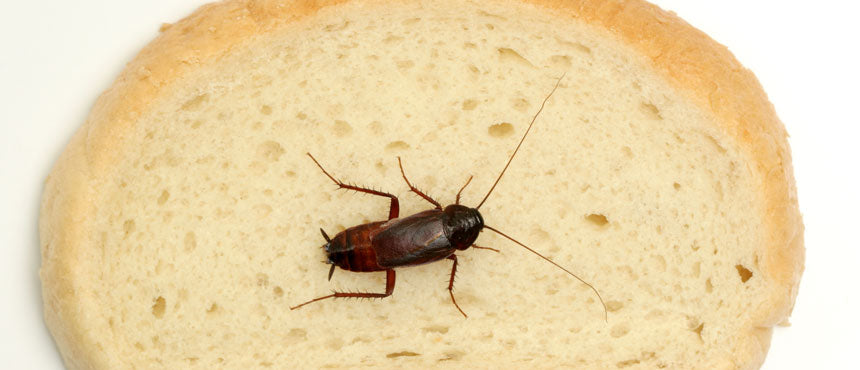
So You Have a Bug Problem: What Next?
• Block all entryways and fill in any cracks or broken screens to prevent pests from entering.
• Make sure there is no standing water anywhere, as it can be a breeding ground for bugs.
• Clean up any messes quickly, dispose of food properly and wipe down anything coming inside.
• Following these tips will help reduce the number of pests in your home.
Pressure Wash Your Home For The Ultimate Spring Clean
If you are looking into natural ways to keep your home clean¹, then you may have considered pressure washing - an ultra-powerful way to remove grime, mildew, and virtually all types of dirt, without the need for toxic products or hand scrubbing. Pressure washers rely on either a gas engine or electric motor, as well as a pump and sturdy nozzle, to raise your hose pressure by up to 80 times. Although they deliver up to 4,000 psi, they do not harm your floors and surfaces, making them a good choice for a deep spring clean.
What areas can you pressure wash?
Pressure washers are normally used outdoors on terraces, decks, fences, walkways, boats, RVs, etc. They are particularly excellent at removing stubborn stains such as oil² and are favored by those who have allergies³ since they rinse possible allergens off outdoor surfaces. This cleaning method is sometimes used indoors - for instance, in kitchens and bathrooms of commercial spaces. If you used a pressure washer indoors, however, you will need to be extra vigilant about following safety instructions, as space is restricted and you want to avoid the ultra-high pressuring touching your skin.
What will you need to pressure wash?
When choosing a machine to clean your home, you need one that is efficient but not so powerful that it can harm your skin. Pressure washers emit a powerful spray with the click of a switch, and all you need to do is point it at targeted areas. Most machines come with a variety of nozzles but if you can only pick one, opt for a nozzle of at least 15º. A 0º nozzle shoots out a very powerful, long spray, while those with a higher degree ‘fan out’ a little more. Use a wand extension to reach high places without having to use a lower degree nozzle. This will also save your surfaces since 0º nozzles can sometimes damage sensitive surfaces and metallic surfaces such as those on cars. A 15º nozzle will keep your environment clean3 while efficiently removing even stubborn dirt. If you are seeking to clean an area like a garage with thick oily residue, opt for a hot water pressure washer.
Avoiding accidents
Before using it, remove any flammable or dangerous materials. Ideally, the space you are cleaning should be completely clear of furniture and tools. Protect yourself with an eye guard and wear thick sturdy clothing. Remember that a low degree nozzle can harm you if it touches your skin.
What is an ideal time to pressure wash?
If you live in a cold climate, you usually won’t have to pull out your power washer until spring or summer, when you know the rain won’t undo your hard work. If you live in a warm, mold-prone climate, you will need to give surfaces at least one good clean a year, once again opting for a summer month, when the wet weather won’t threaten to bring mildew or mold to your exteriors. Try to keep your outdoors clean throughout the year, so you don’t need to spend too much time when power washing these areas. If your home is susceptible to mold, you may have to consider cleaning surfaces twice a year (or even more), bearing in mind the negative effects that mold and mildew⁴ can have on your family’s health.
Pressure washing is a quick route to clean exteriors and, on occasion, interiors. It removes the need for toxic and expensive products and battles mold, mildew and other health risks⁵. If you opt for this cleaning method, remember to put safety above all things, including cleaning ease. Never use a 0º nozzle and clear the area you are about to clean, to avoid destroying car surfaces and to prevent the risk of fire and other accidents.
Resources
1 Nogueira, H, Worker Readies for Spring Cleaning. www.thecrimson.com, accessed May 2018. https://www.thecrimson.com/article/2005/5/27/worker-readies-for-spring-cleaning-on/
2 Tyson, S, How to Clean Up Spilled Lamp Oil and Candle Oil. www.fireflyfuel.com. Accessed May 2018. http://www.fireflyfuel.com/blog/how-to-clean-up-spilled-lamp-and-candle-oil
3 Mold Allergy. www.mayoclinic.com. Accessed May 2018. https://www.mayoclinic.org/diseases-conditions/mold-allergy/symptoms-causes/syc-20351519
4 Nunn, P How important is a safe and clean environment, does this affect you?. www.mrsactionuk.net. Accessed May 2018. http://mrsaactionuk.net/Improvement%20Foundation/How%20important%20is%20a%20safe%20and%20clean%20environment.pdf
5 Mendell M, et.al., Respiratory and Allergic Health Effects of Dampness, Mold, and Dampness-Related Agents: A Review of the Epidemiologic Evidence. Environmental Health Perspectives, June 2011. Accessed May 2018. https://www.ncbi.nlm.nih.gov/pmc/articles/PMC3114807/
Contribution by freelance writer Sally Preston
Digging Deep: How to Deep Clean Your Messiest Rooms
• To deep clean, start with decluttering the room by breaking it into sections and reorganizing shelves, cabinets and drawers.
• Dusting from top to bottom is essential as well as vacuuming/sweeping the floor and wiping down any surfaces.
• Cleaning with spray cleaners is one of the final steps, focusing on horizontal surfaces, windows and sticky spots.
• Completing these steps should make any room in your home look fresh and clean!

